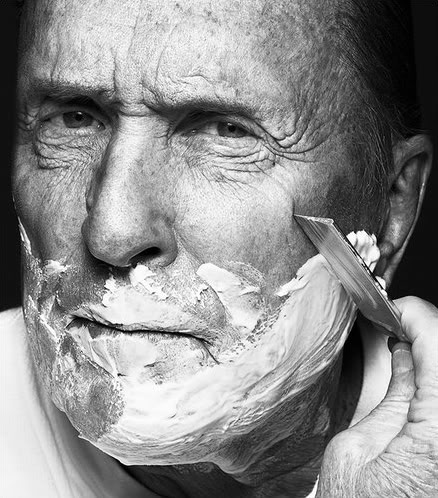

Do wipe the blade with few drops of alcohol.Don’t forget to lubricate the razor with oil.Do rinse the razor with the soapy water.Don’t leave razor in a wet or moist place.Meanwhile, here are some dos and don’ts of cleaning a straight razor that you need to keep in mind:

Then, use a hairdryer to dry it off completely.

You can also go the extra mile and rub it with a cloth damped in 70% isopropyl alcohol to kill off any disease-causing bacteria that may be hanging out on your blade’s surface.Īfter rinsing your straight razor, make sure to wipe it with a clean rag to remove all moisture. Cleaning could involve simply rinsing the blade, removing all the hair, shaving cream, dead skin, and all the other materials attached to it as you were shaving. “If you haven’t prepped the skin properly with a moisturiser or used enough soap, pre-shave, to soften the hair and skin, this can result in shaving rash and irritation,” he adds.The first step is to clean your razor after every use. “It’s best to shave in the direction the hair grows.”Īnd finally, there’s the contents of your bathroom cabinet – and, more importantly, whether they make it onto your face. “If you shave against the grain, this can result in shaving rash as the blade tugs against the hair, pulling it away from the skin and damaging hair follicles,” says Koca. Have you adopted a one-size-fits-all approach to de-fluffing your face? Now’s the time to drop that habit. If you’ve recently replaced your blade, it’s time to scrutinise your technique. “If it’s old and used, it can often result in shaving rash as the razor blade will be dull,” he says. So when shaving rash strikes, the first thing you should do is examine the razor, explains Sait Koca, head barber at Adam Grooming. Razor Burn occurs when your razor blade damages your skin and hair follicles, causing them to become inflamed (or worse, infected). Whether it’s adjusting your shaving tekkers, incorporating skin-friendly products or upgrading your razor, we consulted grooming experts for tips to ensure your smoothest shave yet. A flare-up can be painful and irritating, and on a vainer note, it doesn’t look all that great either, with symptoms spanning redness, itchiness, swelling, tenderness, a burning sensation and small red bumps.ĭon’t just resign yourself to a raw face, or chest, or wherever else you’re shaving (no judgements here), because there are ways to stop razor burn in its tracks. Shaving with a razor is a quick, cheap and efficient way of banishing unwanted hair, but it occasionally comes with an unwanted side effect: shaving rash, or as it's more commonly known razor burn.


 0 kommentar(er)
0 kommentar(er)
